Hagai Palevsky | October 15, 2024
A couple of months ago I received a package of ten or so issues of š!, the flagship anthology from Latvia's powerhouse curatorial operation kuš!, operated by David Schilter. It included the latest issue, its fiftieth in number, released this past April, as well as some earlier issues, including the very first one published back in 2007.
 š! #50 cover, art by Yuma Wang
š! #50 cover, art by Yuma WangWhat's striking now, seventeen years and forty-nine issues after its original release, is how similar it is to later issues. Certainly, there are differences—it's a much smaller affair, 40 pages and saddle-stitched compared to the current standard of 150-200 perfect-bound pages—but, from the trade dress to the casual tonality of the comics, it’s clear that the publisher had its aesthetic identity pretty much down from the get-go. Compare this to other anthologies within the same sphere, within the same timeframe: Kramers Ergot shed its skin several times over during its ten-issue run (eleven if you count the recent Peep); the lineup in later installments of Fantagraphics' Mome was nigh-unrecognizable compared to its beginnings, as was the look of the books themselves from the moment a unified trade-dress was abandoned.
Now, when it comes to anthologies, I'm a simple reader with simple standards: if the book has one—just one—story that knocks me over, that shows me some manifestation of 'comics' that I had yet to consider instead of being merely 'good,' I consider that anthology worth my money. If it has two, even better. Three? Four, even? Well, let me consider that book a miracle.
To date I have received many such miracles from kuš!, making it almost dangerously easy to take the publisher for granted. Seventeen years into this Quixotic endeavor we all love and cherish and dedicate a whole Journal to, the Riga publisher has had the privilege of taking on the status that many fear – it is an establishment, not in terms of power dynamics so much as sheer momentum. Besides the several dozen anthologies, kuš! has so far released over a hundred standalone mini-comics as well as several longer single-artist collections; any preexisting readers' expectations are pretty firmly in place, prompting any curator worth their salt to ask themself just how one can transcend mere consistency.
"I'd like to keep surprising the readers if possible," kuš! co-editor (and founder) David Schilter tells me in an email exchange this July, "and also myself." A major part of this is, of course, the book's lineup; Schilter tells me that, because of the significance of issue #50, its artists were specially invited to contribute (as opposed to other issues, which will often have open calls), so "a bit more than half of the artists were returning ones[…] some of which we hadn't published for a while, and for the rest I invited new ones, to make it more interesting." Compare that with the next issue, July's 'mindfulness'-themed #51, for which the vast majority of contributors—19 out of 24—are new contributors, all of whom submitted to the open call.
To their credit, much of the kuš! anthologies' vitality emerges from how loosely-governed their themes appear to be on the curatorial end of things, the editorial prompt becoming less an edict than a liberal jumping-off point. The introduction to fiftieth issue remarks on this directly, playfully declaring the theme—the apt "Fifty-Fifty"—before saying "I don't know what else to write here" and filling the remainder of the paragraph with lorem ipsum.
The issue opens on a fairly insular read of the theme, courtesy of regular contributor Ingrīda Pičukāne of Latvia, whose "To Draw or not to Draw?" is the comic reenactment of an internal monologue of artistic doubt, wondering whether this whole thing is even worth dealing with. Of course, art wins out in the end: "Well… I still don't know," she speaks, framing her captions in ornate banners, "but I drew this already." Pičukāne's short is tonally reminiscent of the erstwhile collective Actus Tragicus, with its enveloping of genuine concerns in a layer of ironic distancing, while the loose, rollicking approach to sequential storytelling is closer to Lilli Carré (though with much heftier ink). It makes sense to start the book with "To Draw or not to Draw": not only a cute idea and execution, its art-on-art premise is also entirely low-stakes, even 'welcoming,' a closed system of a comic whose only referentiality is itself.
 interior page by Agate Lielpētere from š! #50
interior page by Agate Lielpētere from š! #50Pičukāne is followed by fellow Latvian Agate Lielpētere, whose "If Only We Could Agree" introduces the readers to two warring camps of protestors, both of them equally monosyllabic as they hold up signs reading simply yes and no (or phrases equally blank in their affirmation or negation). Lielpētere's comic, which calls to mind the Chinese cartoonist Woshibai in the austerity of both its conceit and its clean black-and-white linework, is something of a reductio ad absurdum of concepts, rather to its detriment; its clever-on-its-face resolution—the two camps reach a boiling point in their disagreement, resulting in the creation of a third all-encompassing camp, the non-committal maybe—only works insofar as it relies on the divorcing of political aesthetic from actual principles, whereas its final joke, where a woman asks if she can pet an aggressive-looking dog only for its owner to reply "I don't know. Maybe? It's good to have options." is a good joke that does not feel like it had to emerge from what preceded it.
Other cartoonists, like Teddy Goldenberg, take a more oblique approach to the theme at hand. Ever the roundabout storyteller, Goldenberg's "Freshwater Danger" has a charming undulating structure to it: his group of protagonist children go out for a swim in the river, "unaware of the dangers therein," and every time they are met with a threat that quickly turns out to be perfectly safe. "The kids ended up having a wonderful time in the river," Goldenberg narrates at the end: "they allowed ignorance to triumph over sensibility and walked away unscathed. Some might argue that things could have turned out differently." On this last note, Goldenberg zooms out portentously—and ends his story. Goldenberg has dedicated much of his oeuvre to the distillation of a '50s morality-tale comics aesthetic in a way that is informed but not derivative, and the end of "Freshwater Danger" is a perfect example: his hint of a different ending is far more captivating than if he were to show any detail, as a supposedly-offhand turn of phrase completely shifts the focus of his piece; his 'fifty-fifty' is a lull into a false sense of security, before the reminder that every story is a bad one if it goes on for long enough. One remembers Bruegel the Elder: a landscape would be ever so beautiful if there wasn't a pair of legs flailing in the water, harshing everyone's vibes.
 interior page from Good Night and Sweet Dreams!
interior page from Good Night and Sweet Dreams!kuš! mono #12 by Teddy Goldenberg
And yet other contributors' pieces appear, at least to this reader, to do little if at all with the theme at hand. This is not a bad thing (though š! is a prominent exception on the strength of its curation, I usually prefer unthemed anthologies): Anna Vaivare's "Winter Survival Game," an ode to the hazards of Riga at wintertime that evokes side-scrolling 16-bit video games, is perfectly charming while sidestepping the thematic decree; Latvian Viktor Timofeev's "Windows Without Buildings" is a frenetically-hatched series of Ian Miller-esque pen drawings that, though distinctly sequential, seems to exist on the periphery on how we would define 'comics.' The publisher embraces this fluidity, even pointing out in open calls that rejected submissions may be used for subsequent issues even if they do not entirely correspond to the new issue's theme. Still, Schilter does not see the publisher abandoning themed work: "If I did 4 issues a year without any theme I'd probably get bored very quickly. I just like to keep the themes fairly open, so that the artists can publish their comics elsewhere. Also, the interpretation gets very wild, so I think it is fun to see very different approaches to the same brief, [and] restrictions like a theme can often motivate artists to do new work and they might get inspired by it and overcome an artist block."
To me, the great pleasure of kuš! is that the publisher has become something of a 'global village' of comics. It's one thing to come from a non-English-speaking country and merely make your comics in English for potential readership's sake—I'm from a non-English-speaking country, yet many local creators, myself included, don't even bother making their comics in any language but English—and another thing entirely to accept your geographical outsider positioning as a detail of actual substance, as kuš! has; to the best of my knowledge, the Latvian publisher is the only one that makes a conscious effort to represent within its pages artists from every single region and continent (Antarctica notwithstanding), in both regular and geographically-themed issues.
 interior page by Juliette Collet from š! #50
interior page by Juliette Collet from š! #50This approach, among other things, allows kuš! to evade the all-too-easy trapping of a geo-centralized 'comics lineage,' instead presenting distinctly divergent conceptions of form from both countries with rich comics 'legacies' (the U.S. or Japan, for instance) and areas with a more tabula rasa approach (such as the publisher's Baltic home turf). From a strictly artistic-discursive viewpoint, the sweeping internationalism of kuš! anthologies allows for an effective refutation of the idea that comics can be defined in any one way: within issue #50 alone, American rising-star cartoonist Juliette Collet's "Peacemonger Signs Off," with its charming, almost early-cinema-esque approach to mixed media (pencil and collage, by design underscoring the stilted artifice of its own presentation), feels like hardly the same artform as Timofeev's "Windows Without Buildings".
Yet this internationalism is obviously not only an artistic decision, but a fundamentally political one as well, and the political does on occasion bubble up to the surface. See, for instance, two comics presented back-to-back in the fiftieth issue, which together constitute a striking couplet of point and counterpoint. First comes Finland's Anna Sailamaa, whose "And Then? And Then? What Else?" can be described as 'comics as affirmation.' Sailamaa's narration is an exercise in mindfulness, the encouragement of an effort to ward off thoughts of burden and anxiety. Here we have an interesting bit of friction: on one hand, Sailamaa's art is greatly charming specifically because of its simplicity – her forms are flat, two-dimensional, reminiscent of Aisha Franz or Mia Oberländer; on the other hand, this simplicity is complemented by a self-help-like over-detachment in the narration, an acknowledgement of mental strain that fails to go beyond the abstract: the anxieties that she depicts are 'easy' to escape insofar as they are nonspecific. The result is a blankness that wants relatability but is too tentative to achieve it.
But immediately after Sailamaa comes Ukrainian cartoonist Zhenya Oliinyk, as if to tell her predecessor, Hang on, inner peace is not that easy. The central formal conceit of her "Half Empty" is that each page is divided into horizontal panels, the top one empty (like the proverbial glass) and the bottom one illustrated in pencil, articulated with minutiae of daily life. Oliinyk's narration conjures up the worst-case scenarios amidst the Russian invasion of Ukraine, scenarios that would affect the narrator herself and her loved ones more and more closely; at the same time, the top empty panel takes up more and more space, crowding out, or at least rendering increasingly absurd, the possibility of peaceful personal existence at a time of crisis. I don't recall reading Oliinyk's work prior to "Half Empty," and it is a striking use of artform-qua-rhetoric, as well as a perfect example of kuš! anthologies at their strongest: where other cartoonists use their contributions, broadly speaking, as their own worlds, the reader is still snapped back, on occasion, into the concrete and material; art does not exist as insulation, as escape. (Naturally, given the regional proximity, the Russian invasion of Ukraine has come up a few times in kuš!, resulting in similar moments of poignancy. In last year's issue #47, the 'Obsession' issue, for instance, Ukrainian cartoonist Romana Ruban's piece similarly sticks out as more pointed than many of the others, as the narrates, in great detail, her considerations in what to take with her and what to leave behind as she evacuates her homeland amidst the ongoing war.)
 interior page by Amanda Baeza from š! #50
interior page by Amanda Baeza from š! #50Part of this internationalist attitude is through sheer necessity; "when we started kuš! in 2007," Schilter recalls, "there were indeed basically no comics in the Baltics. So with starting kuš! our aim was indeed to promote comics here." For the sake of comparison, the first issue of š! featured only two Latvian contributors (Oskars Pavlovskis and the aforementioned Pičukāne, both of whom remain faithful contributors to the anthology). Issue #50, meanwhile, features eight Latvian cartoonists (out of a total twenty), and of differing generations: some 25 years separate between the oldest (Pičukāne, the second oldest contributor to this issue after Angola's Daniel Lima) and the youngest (the 2003-born Alberta Ziemele, whose "Living Room" is a compellingly opaque attempt to visualize—and physicalize—cognition through layers of cut-paper images). The upcoming #51 likewise features eight Latvian constituents – without any overlap with #50.
It's a great demonstration of growth, and it wouldn't be unfair to make the claim that much of the Latvian scene—indeed much of the Baltic scene at large—has grown around kuš!; the publisher takes this responsibility seriously, making an effort to cultivate a comics culture even outside of its publishing by organizing exhibitions and workshops. Yet, when Schilter enumerates the changes between 2007 and now, there are more changes in the community than in the systemic infrastructure: "Unfortunately it is still impossible to find [many] international comics here, so if people don't read comics, it's hard to find people who draw them. I wish some bigger publishers would have caught up and made translations of books like Maus or Persepolis, or anything basically, but we're still basically the only comic publisher. At least some children's-books publishers started to publish both local and international comics of high quality. But in the 'grown-up' market we're the only ones still. Sometimes comics do pop up here and there, but of different levels of quality." Still, not all is lost: "At least it is now possible to take courses in illustration at the Latvian Art Academy, and they sometimes also draw some comics. [There is also] a zine fest here now, and some more alternative projects are happening."
 interior page by Yuma Wang from š! #50
interior page by Yuma Wang from š! #50The trade-off, of course, is that many artists have yet to make the jump to publishing outside of the kuš! confines. And it is, to some degree, a shame – I can easily see artists like kuš! staple Liāna Mihailova (absent from this particular issue), with her almost rubbery pastel contours, find success among the Nobrow circles of graphic-design-minded cartooning. But the publisher is aware of this fact, and does make an active effort to break down the divide: "[We have] a bunch of international exchanges, so for example we got to curate special issues for Kutī Kuti, Stripburger and Smoke Signal. We also attend many international festivals where I often take an artist along, or sometimes I get to curate exhibitions abroad where I can showcase local artists. After being on the festival circuit for a while, I do have a lot of international publishing friends, where I do recommend our artists, not only local ones, but anyone I publish. So if someone has an interesting book out, I do spread the word and in some cases they [have gotten] book deals. Unfortunately there are not too many local graphic novels yet, but I often talk with artists to whom I think they should pitch to. kuš! basically acts in some form as a comic agent, but we don't take commissions."
 interior page by Eric Kostiuk Williams from š! #50
interior page by Eric Kostiuk Williams from š! #50"[A] lot has changed," Schilter reminisces over his 17 years of activity. "In general it is very normal to have ups and downs[…] kuš! has had many ups and downs over the last 17 years." The hardships are practical more than anything: the decline of Tumblr, which for Schilter was the best place to discover new artists online, or the increase in shipping prices over the past few years (Schilter fulfills all kuš! purchases and retail orders himself). But he tries not to complain: "It actually helps if you have to adjust to your surroundings and need to reinvent yourself once in a while. Otherwise we would never have come to our tiny format, and in general publishing would be very boring," he laughs.

Despite the numeric significance of the 'Fifty-Fifty' issue, kuš! does not appear interested in any victory lap; outside of one short piece in the anthology—Weng Pixin's "It's Party Time," which presents a fictionalized 'birthday party' for the publisher while poking fun at the occasionally-niche approach to form and subject matter—none of the pieces seem congratulatory or self-important. More than anything, it reads like 'just another' issue of the anthology. And I mean this entirely as a good thing: there are few things more corrosive to the appeal of a publisher than the need to underscore its own importance.
š! #50 closes, as it opens, on a piece that is about its craft. This one, from Noah Van Sciver, concludes as Van Sciver is woken up by his crying baby; his dream is cut short, meaning he won't be able to use it as inspiration for a comic – "… and I really wanted to draw a comic." Just like the Pičukāne comic serves as a point of entrance, Van Sciver pulls us back into a focus of form before sending us on our way until next time.
And the next time? As I write this, issue #53 of the anthology is already at the printers'—as is as the next wave of standalone mini-comics—and Schilter is working on subsequent issues after that. "Bookkeeping and a lot of other bureaucracy slows me down most days, but other than that I am quite happy with what I am doing[…] I wouldn't say no to a growing readership and better distribution, and I am always working on that. But basically I hope kuš! is in a very similar position in ten years' time." Personally, I couldn’t ask for much more than that – who would be greedy enough to want more than a steady supply of miracles?


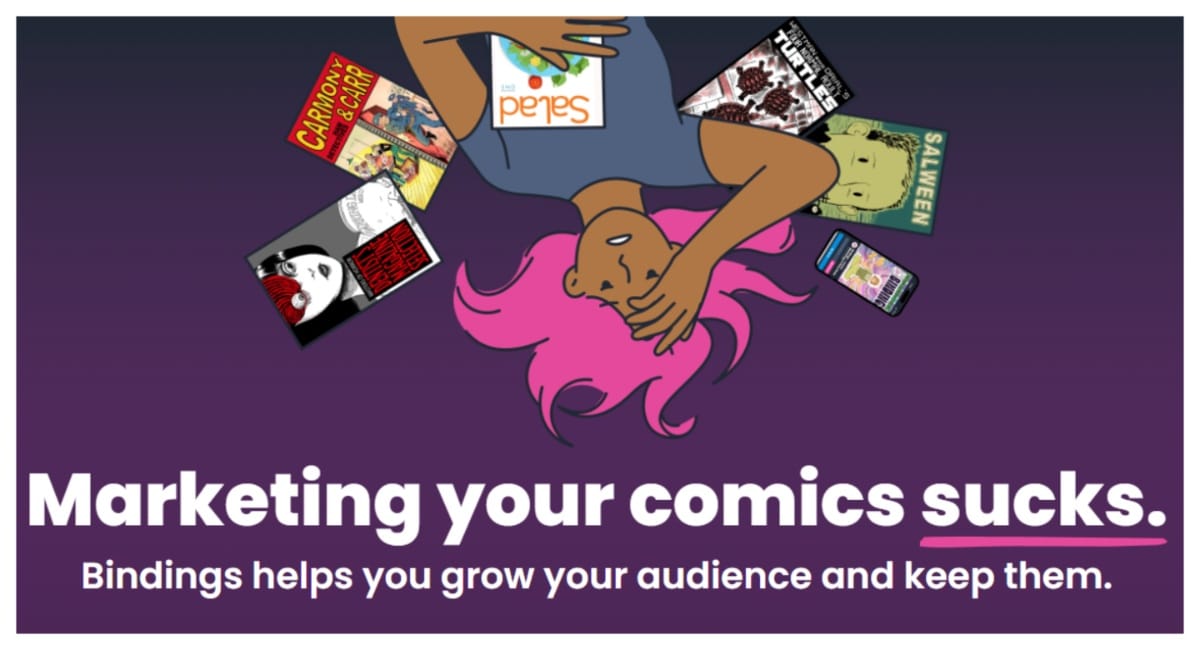
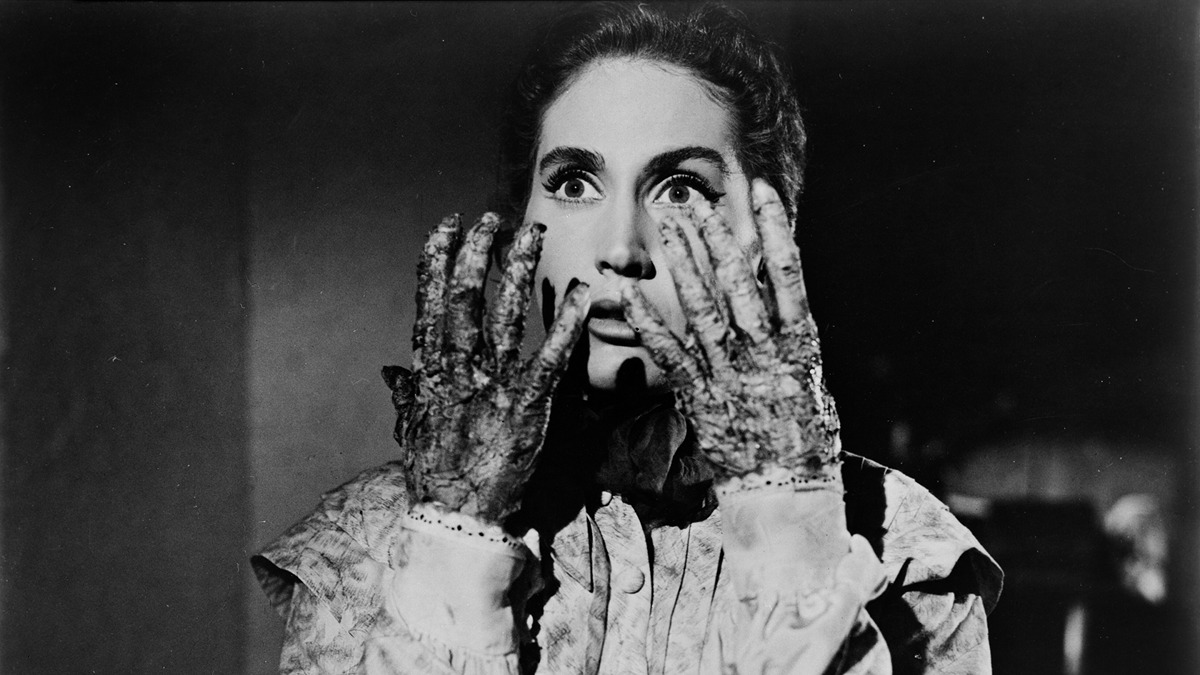
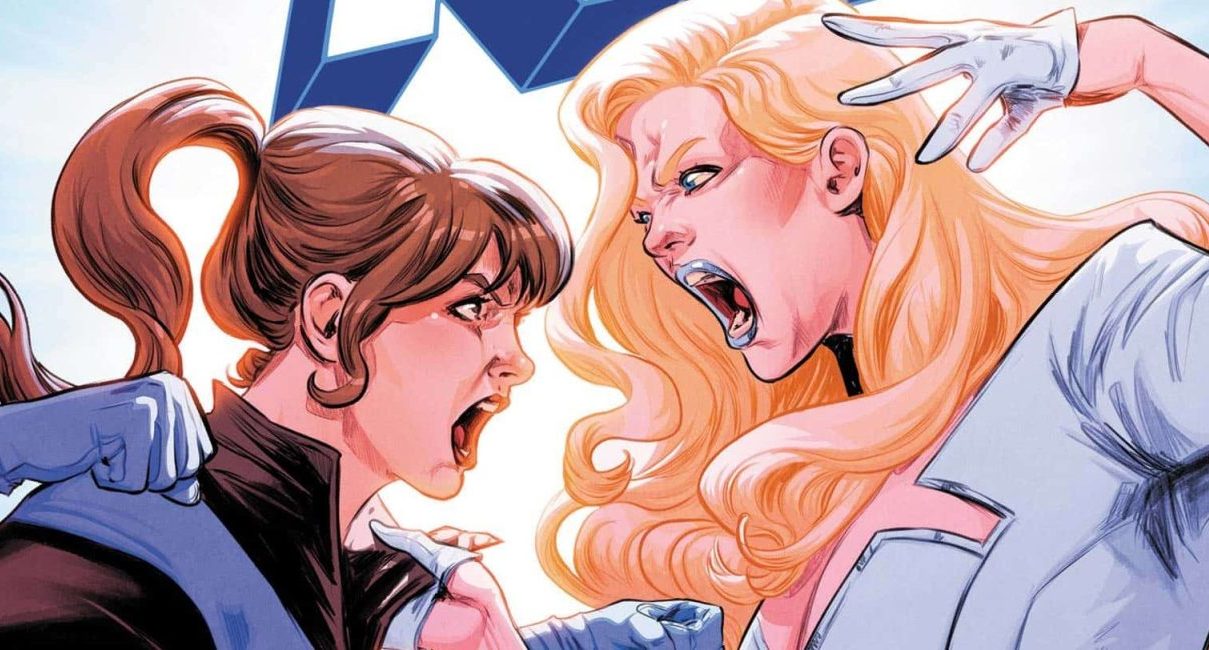
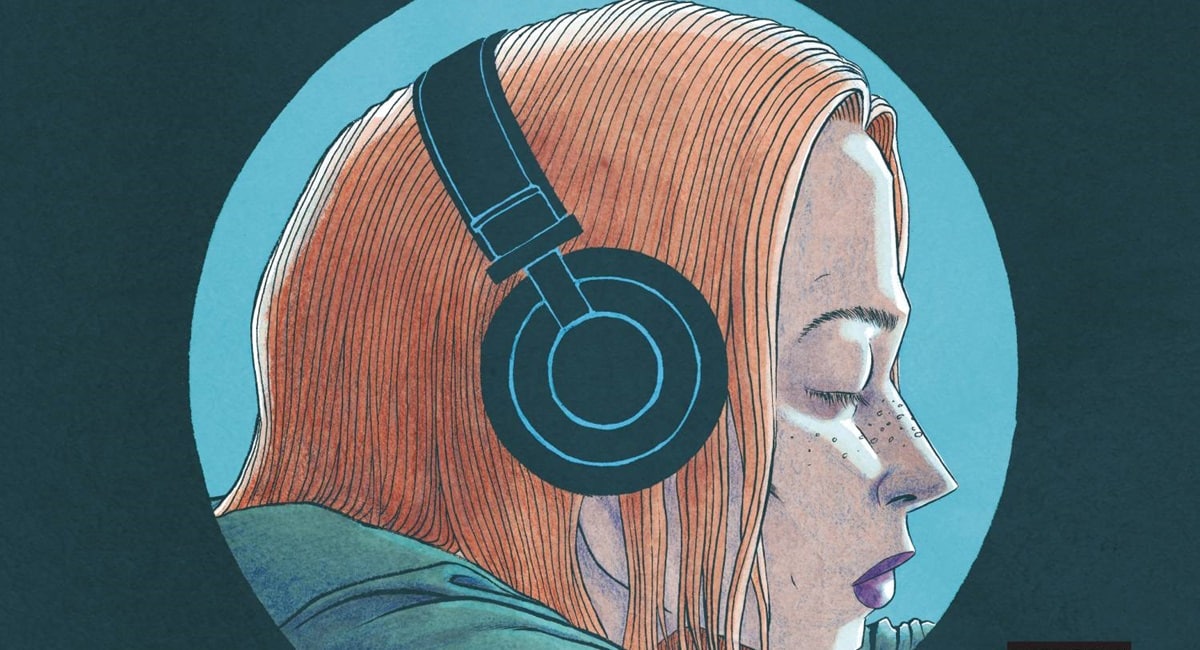
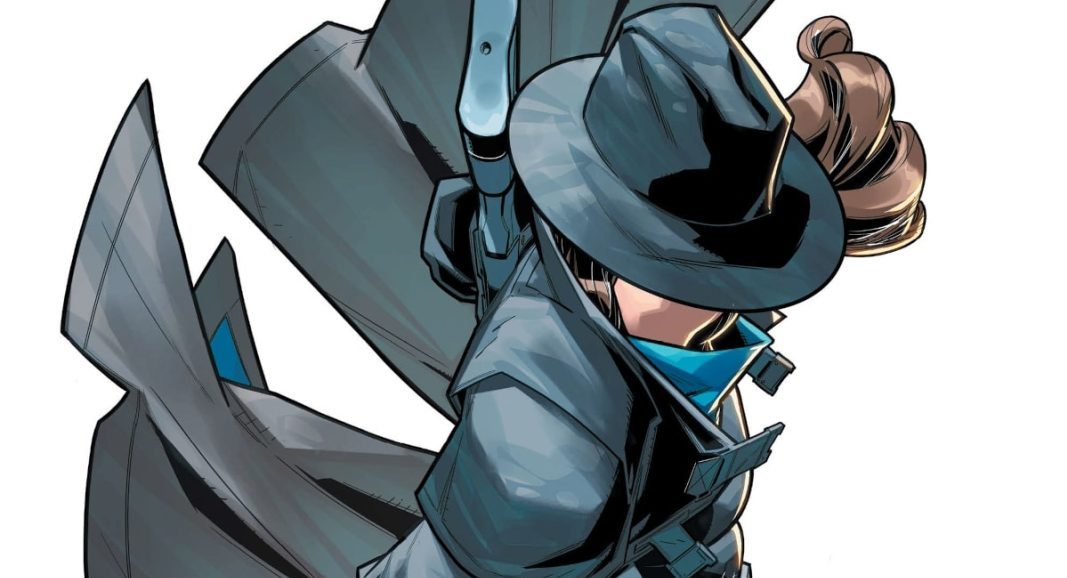
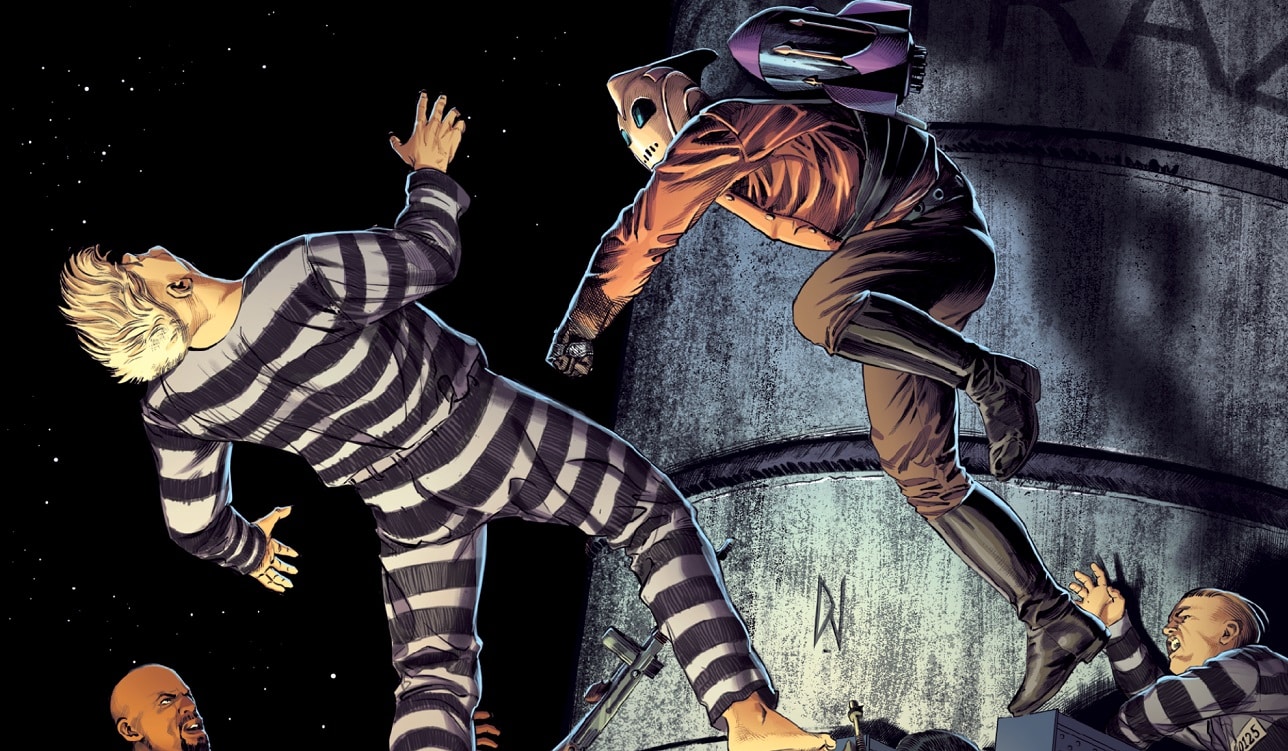












 English (US) ·
English (US) ·